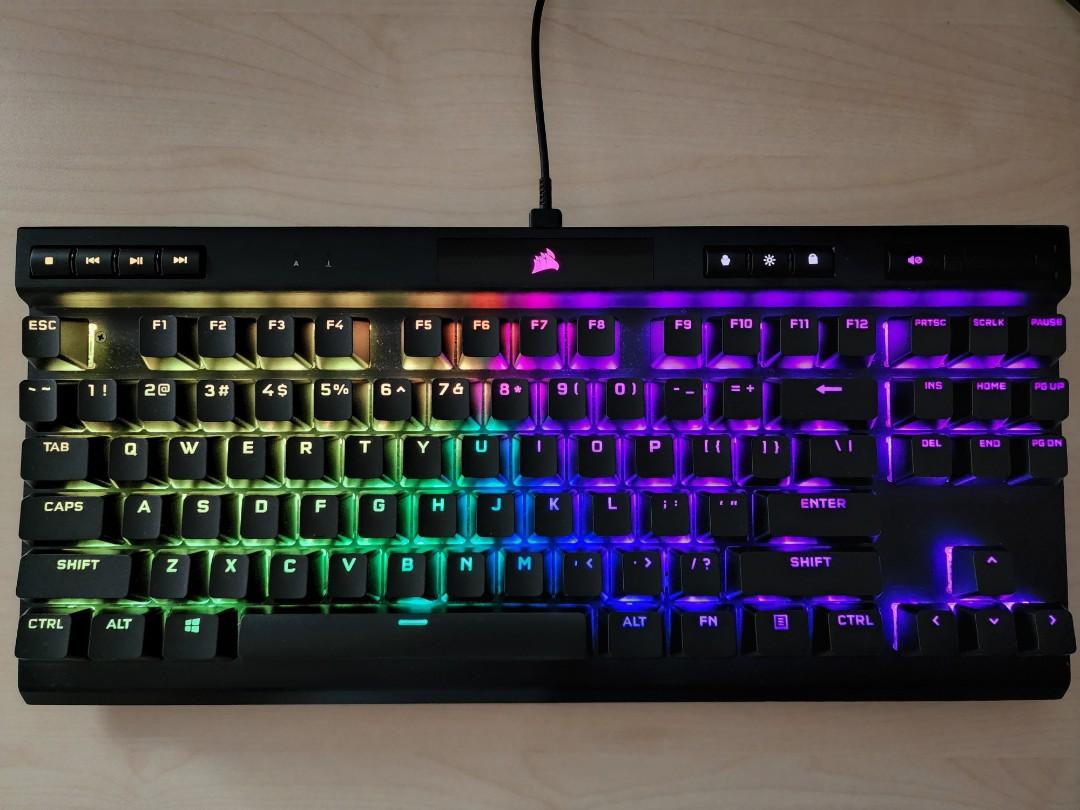In certain industrial settings like oil refineries, gas stations, and chemical plants, the risk of explosions due to flammable gases, vapors, dusts and fibers is always present. Traditional lighting fixtures can potentially ignite these combustible atmospheres if they produce sparks, get hot enough, or generate arcs or flashes. To prevent such catastrophes, specialized hazardous location lighting rated for these risky environments is required by safety regulations.
Hazardous Location Lighting Regulations
The National Electrical Code (NEC) is the benchmark safety standard adopted across North America for electrical installations. It specifies strict guidelines for lighting fixtures used in Hazardous Location LED Lighting locations to minimize explosion and fire risks. These areas are classified based on their potential ignitability – Class I for gasoline/petrol, Class II for dusts and Class III for fibers/flyings. Lights permitted in each class must pass tests for heat, impact/drop, water/corrosion resistance and non-sparking enclosure. Only equipment bearing the Factory Mutual (FM), Canadian Standards Association (CSA) or Underwriters Laboratories (UL) approval marks can be installed.
Advantages of LEDs for Hazardous Lighting
Traditional lighting technologies like fluorescent and HID lamps while approved, pose some disadvantages. They contain Mercur vapor or gets hot during operation increasing explosion chances. LED based hazardous lights have emerged as a safer alternative due to their energy efficiency, longevity, cool operation and durability. LED module failures are less likely to trigger sparks or increase enclosure temperature. Luminaires are completely sealed preventing gas/vapor ingestion. Dimmable, sensor and emergency options expand application scope. Overall, LED lights enable compliance with safety standards more effectively.
Design Considerations for Hazardous LED Lights
Special ex-proof luminaires are employed with a toughened enclosure, conduit entries and flat, impact-resistant protective lenses or windows. These are designed not to allow any spark/flame from internal failures to exit. Drivers are mounted externally with an increased creepage and clearance between live parts. Enclosures are filled with an inert gas like nitrogen to displace any combustible atmosphere within. Lights undergo ingress protection tests and are certified for zones/divisions 0, 1, 2, 20, 21, 22 as per explosive gas/vapor/dust concentrations. Latest Hazardous Location LED Lighting fixtures feature dimming, occupancy/motion controls, daylight/ Lux level harvesting for energy optimization suited to changing plant workflows.
Examples of Hazardous Location LED Lighting Applications
– Refineries: Used throughout crude oil refining facilities like processing units to extract gasoline/diesel/jet fuels or plants producing other petrochemicals like plastics/fertilizers/dyes.
– Gasoline Stations: Indoor/outdoor canopies, fueling areas and service bays demand trusted lighting not to spark fumes from gas pumps and vehicles.
– Chemical Plants: Producing and storing solvents, paints, cleaning agents etc. require explosion-proof LED luminaires in production halls, storage tanks and conveyor belts transporting powders.
– Wastewater Treatment: Areas around digesters handling sewage sludge in anaerobic conditions need specialized lighting certified for methane gas explosion risks.
– Grain Elevators: Silos, drying systems and conveyors moving wheat/corn require dust ignition-proof luminaires to prevent dust explosions during harvesting seasons.
– Woodworking Shops: Sawmills and areas processing wood fibers/sawdust need LED lighting rated for combustible wood dust accumulation adhering to stringent NEC/CSA/FM standards.
As Hazardous Location LED Lighting continues improving in terms of lifespan, efficacy and form factors, it is poised to completely replace conventional lighting for hazardous locations ensuring 100% compliance with safety ratings and regulations. Proper installation following manufacturer guidelines and regular maintenance is important to leverage the complete benefits of LEDs for potentially explosive atmospheres where a single spark can have devastating consequences. With their longevity, energy efficiency and reduced explosion risks LEDs are the illumination solution of choice for industrial facilities striving for compliance, safety and sustainability.
*Note:
1. Source: Coherent Market Insights, Public Source, Desk Research
2. We have leveraged AI tools to mine information and compile it.
About Author:
Ravina Pandya, Content Writer, has a strong foothold in the market research industry. She specializes in writing well-researched articles from different industries, including food and beverages, information and technology, healthcare, chemical and materials, etc. (https://www.linkedin.com/in/ravina-pandya-1a3984191)




